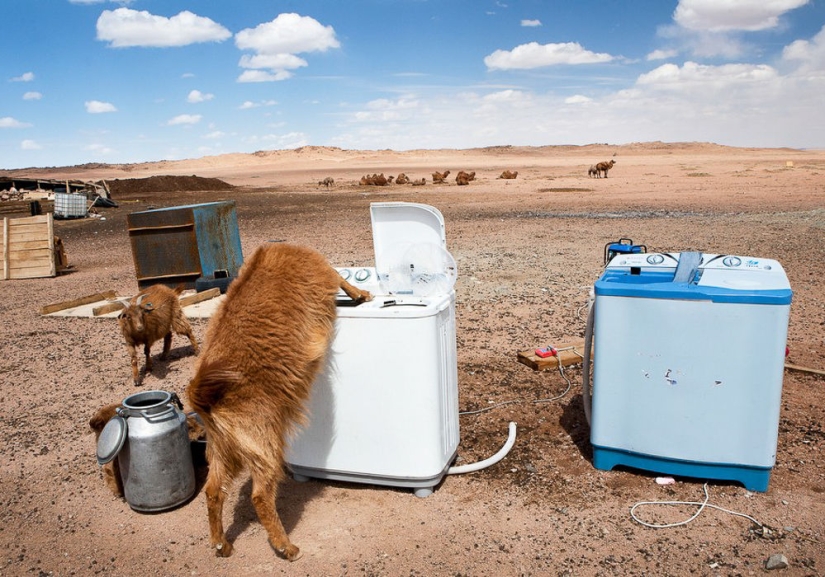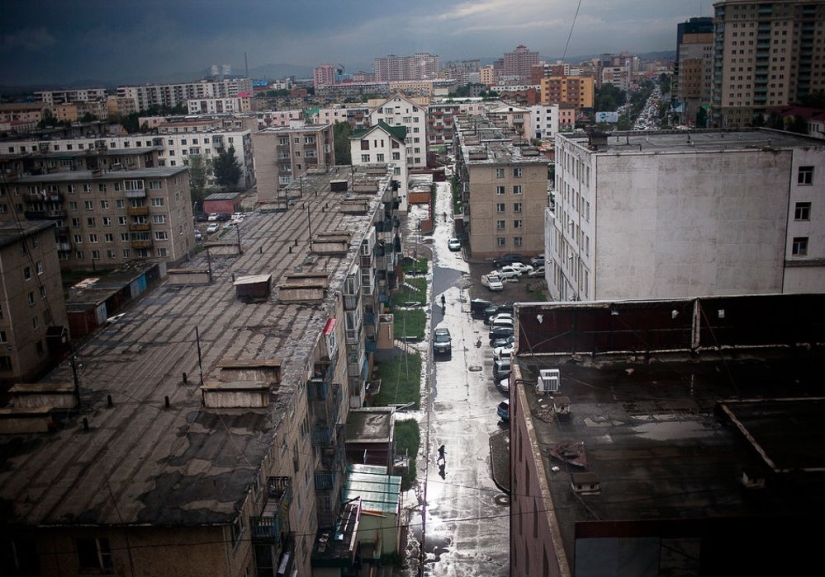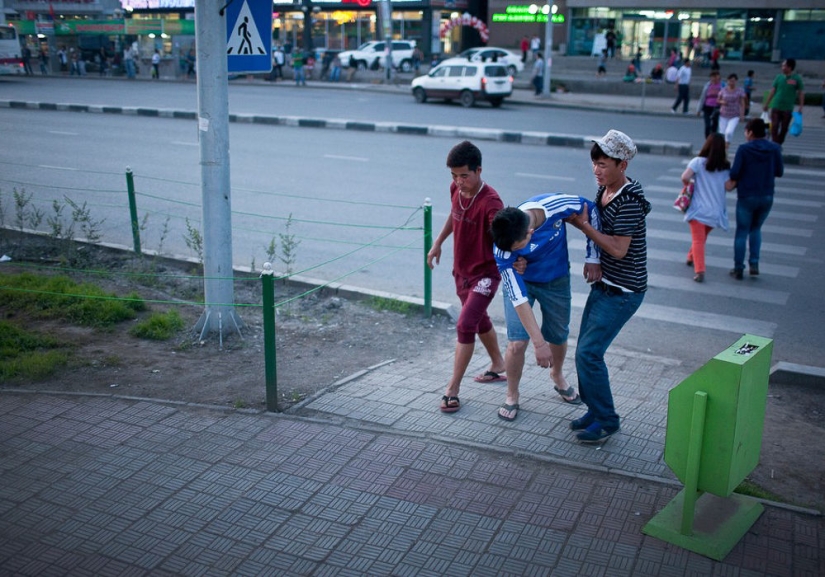Are the Mongols no longer nomads?
Categories: Asia | Photo project
By Pictolic https://pictolic.com/article/are-the-mongols-no-longer-nomads.htmlFor centuries, Mongolian tribes lived in the steppes and led a nomadic lifestyle. However, as a result of climate change, technological progress and urbanization, some changes have occurred. Many of the nomads moved to the city, some went to work in the mines. But even for those who remained faithful to traditions, everyday life and daily life are no longer the same as their ancestors had during the time of Genghis Khan and almost a millennium after. Now shepherds often have motorcycles instead of horses, and portable yurts have televisions, DVD players and mobile phones charged from solar panels.

American photojournalist Taylor Weidman in his photo essay "Nomads No More" (Nomads No More), which is part of the Disappearing Cultures project, showed the peculiarities of life and culture of modern Mongolia and the difficulties its population has to face.

A monk on the background of an abandoned Soviet hospital in Ulaanbaatar. After the collapse, Buddhism was revived in the country again.

A shepherd's family in a yurt.

Young riders and spectators at the horse races at Home — a traditional Mongolian competition, also called the three men's games. They include Mongolian wrestling, horse racing and archery.

A goat drinks from a washing machine in the Gobi Desert.

A Mongolian woman feeds a lamb.

Village youths slaughter goats and sheep for sale to city residents.

Wrestling on a holiday at Home.

As a result of climate change, the soil has become less fertile.

A shepherd tries to gather his flock through a snow storm. Winters in Mongolia are getting harsher, which leads to a reduction of nomads.

The remains of animals that died during the winter cold in 2010.

After the Soviet coal mine closed in Nalaykh, many small mines appeared. Nomadic families are hired to work in these mines.

Dangerous, but profitable work for former nomads, who for the most part have not even graduated from school.

Illegal miners are looking for gold.

During cold weather, due to coal heating, Ulaanbaatar becomes the second city in the world in terms of environmental pollution.

Residents of yurts sort garbage waste for delivery to recycling points.

More than 70% of the population of Ulaanbaatar lives in yurts where there is no sewerage or running water.

The Government of Mongolia plans to build 100,000 new apartments for low-income families.

Mongolia is the youngest country in Asia.

More than a quarter of residents are under the age of 14.

Cars have become more affordable due to the growth of the economy due to the development of the mining sector.

Streets of Ulaanbaatar.

The center of Ulaanbaatar.

24-hour kiosk in Ulaanbaatar.

After the snowfall, the shepherd cleans the solar panel, from which the TV, the lighting in the yurt and the mobile phone work.

Teenagers help their drunk friend. According to WHO data from 2006, 22% of men in Mongolia suffer from alcoholism — this is three times more than the European average.

View of the capital Ulaanbaatar from a hill on the outskirts of the city.
Recent articles

Extreme gastronomy from different parts of the planet can cause tremors and awe even the most jaded consumer. Canned bread and pork ...

There are people who are able to notice beauty in every little thing around, and this skill they should definitely learn! We offer ...

Every region of the world with a fairly cold winter has its own traditional ways of heating homes. In Western European countries, ...